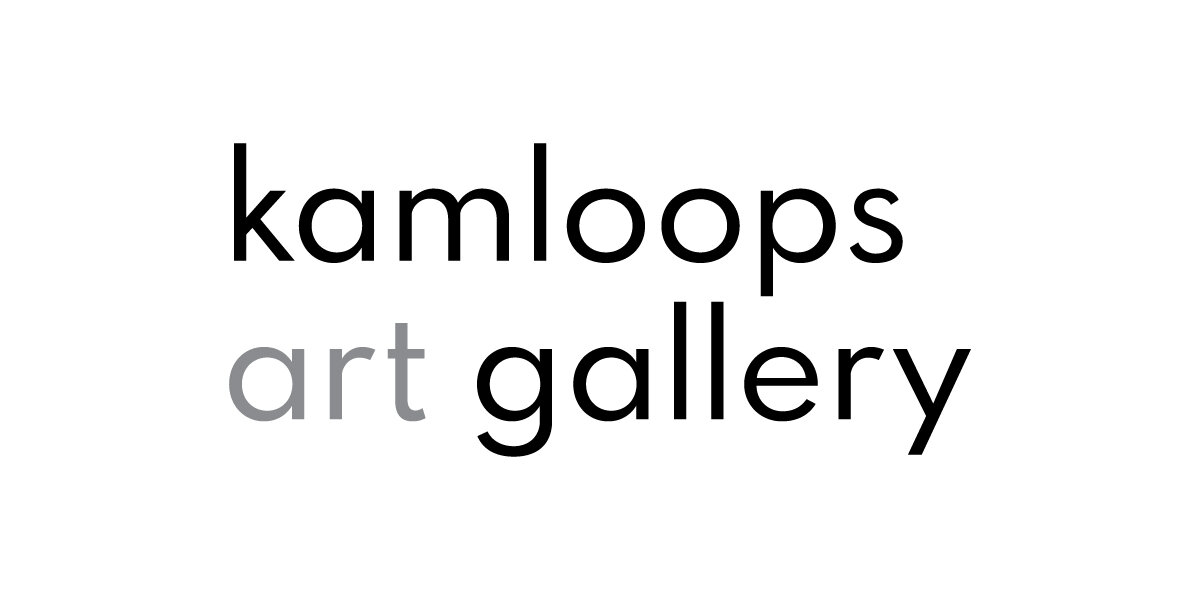Ghost Image Prints
SCHOOL PROGRAM LESSON PLAN – 10 to 12
Ghost Image Prints
Final Project Description:
A set of prints of ghosts and apparitions.
Description:
Using the Akua ink on plexiglass, students will create an image that reflects their own ideas of ghosts, apparitions and other embodiments of fear. They will pull three prints from this plate, each subsequent print being more faded and ghost-like than the one before.
Theory:
Students will (taken from the BC Curriculum PLOs):
- Knowledge and use of materials for printmaking
- Examine the relationship between the use of particular image-development strategies and intended mood and message
Creation & Analysis:
Revisit and reference Ed Pien’s work (reference files and attached). Cultures around the world are fascinated by ghosts and the fears they represent–disease, death, the unknown, loneliness. Artist Ed Pien uses delicate line work to create images of otherworldly beings inspired by Taiwanese ghost stories and culture.
What ghost stories do the students know? What role do ghost or apparitions play in their lives/culture? Discuss as a class.
Ask students to spend a few minutes sketching out some ideas on their scrap paper, and then begin working with the ink on their plexiglass. Refer to Akua monoprinting video for technique: https://www.youtube.com/watch?v=96DZtqJcjEU
Duration:
60 minutes in the studio – 15 mins on approach and video, 40 mins on project, 5 mins for wrap up and possible discussion or look at other’s work to end class.
Materials:
Scrap paper
Pencils
Erasers
Plexiglass sheets
Akua printing ink and drawing tools
Brayers
Pin press
Stonehenge 1/8 sheets
Look & Discuss:
HAVE STUDENTS PUT THEIR NAMES ON THEIR WORK! This is important. Discuss how printmakers edition their works, and how you label a monoprint.
How has this activity made them more aware of printmaking as a medium? What do they think about Pien’s portrayal of ghosts? What do they think of how their classmates have portrayed ghosts?
Prep:
Layout paper and pencils
layout plexiglass sheets and good printing paper
set up inking stations
Take it further:
Ask students to look at each other’s work at the end of class to see how other students approached their project. How are they similar? How are they different? What other materials can they find at home to make this kind of print with?
SUPPLEMENTAL MATERIAL – IMAGES
Ed Pien, from his installation Ghosts, Oboro, Montreal, 1997.
Ed Pien, from his installation Ghosts, Oboro, Montreal, 1997.
Ed Pien, from his installation Ghosts, Oboro, Montreal, 1997.
